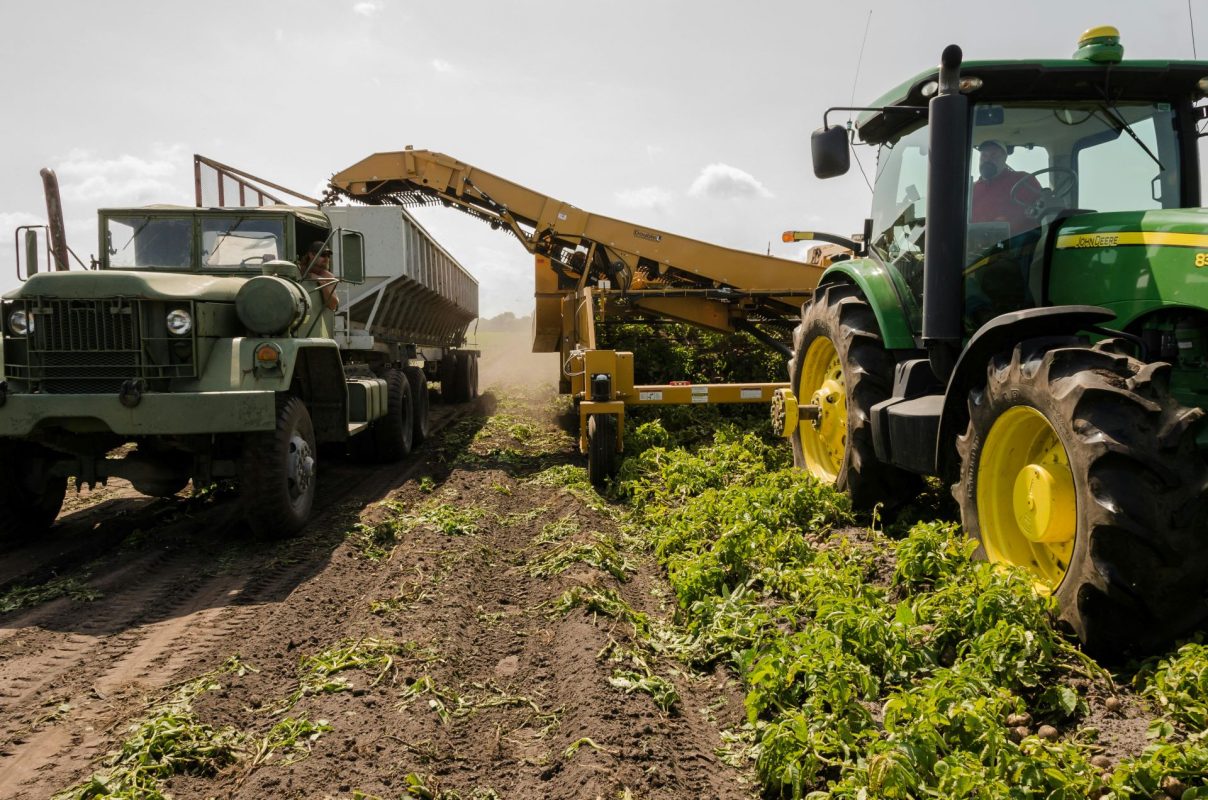NEWS
European Union Agricultural Markets Experience Modest 2% Upsurge in 2023
European Union Agricultural Markets Experience Modest 2% Upsurge in 2023
In the wake of a remarkable 24% surge witnessed in 2022, agricultural prices within the European Union (EU) exhibited a more tempered trajectory in 2023, registering a modest 2% increase.
Initial figures unveiled by Eurostat portray a notable 5% dip in the average prices of inputs spanning goods and services integral to agricultural operations.
Although the overall uptick in agricultural product prices remained constrained, certain commodities saw substantial spikes well beyond the norm. Notably, prices for olive oil, potatoes, pork, and eggs soared by 54%, 23%, 22%, and 20%, respectively, underscoring significant market fluctuations.
The persistent and severe drought conditions experienced throughout 2023 took a toll on crop yields, particularly impacting potato harvests, thus precipitating price hikes across 24 EU member states.
Leading the charge in price escalation, Germany recorded the highest surge at 49%, trailed closely by Slovakia at 48% and Croatia at 44%, underscoring the uneven regional impacts of agricultural market dynamics.
Conversely, potato prices bucked the trend in Belgium, sliding by 18%, followed by Cyprus at 14% and Austria at 4%, reflecting localized variances in supply and demand dynamics.
Cereal prices, encompassing wheat, barley, maize, rye, oats, and other variants, experienced a pronounced downturn, registering a substantial 26% decrease attributed to favorable growing conditions in certain regions.
In terms of agricultural inputs, fertilizer prices saw a downward trajectory in 22 out of 26 EU nations compared to the preceding year. Notable decreases include Luxembourg at 46%, Sweden at 41%, and Finland at 39%, whereas Cyprus witnessed a notable 14% increase, accompanied by 9% in Malta, 6% in Greece, and 3% in Romania.
Conversely, the average prices of plant protection products, pesticides, seeds, and planting stocks observed a noteworthy 9% increase, indicative of evolving agricultural practices and technological advancements.
Amidst ongoing market dynamics, the costs associated with raw materials, including seeds and fertilizers, continue to exert significant influence on overall food pricing structures.
According to the Food and Agriculture Organization (FAO), the global food price index in 2023 maintained a trajectory approximately 10% below that of 2022, reflecting a nuanced interplay of supply and demand forces within the global food market landscape.
As agriculture remains a cornerstone of the EU economy, policymakers continue to monitor market developments closely, seeking to balance the imperatives of sustainability, food security, and economic resilience in the face of evolving climatic and geopolitical challenges.

